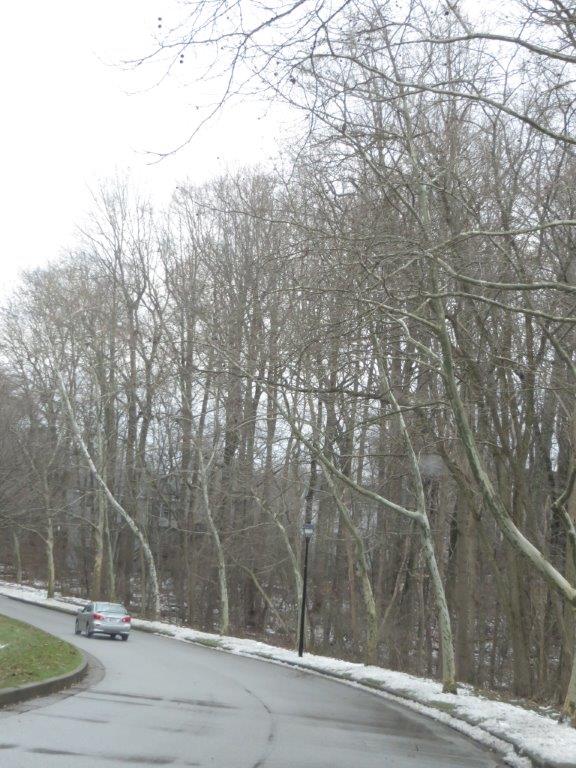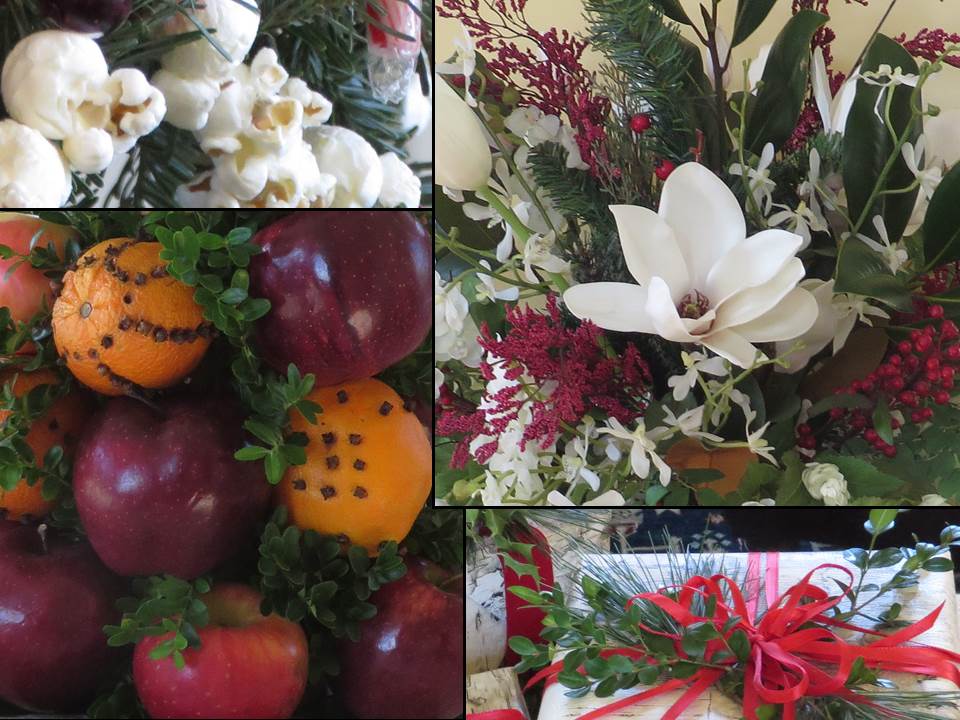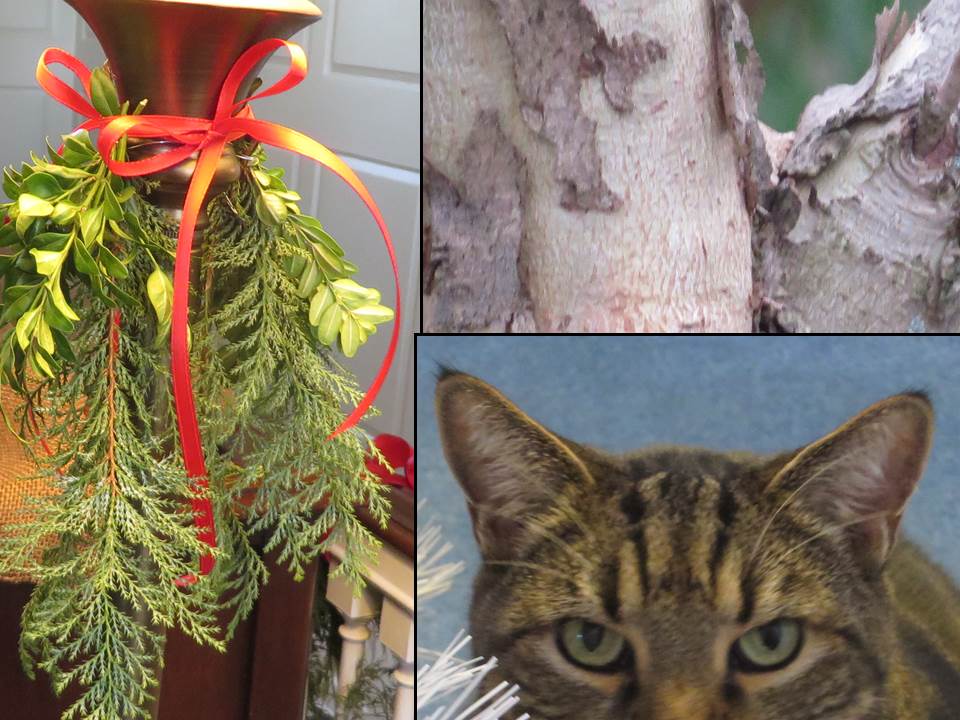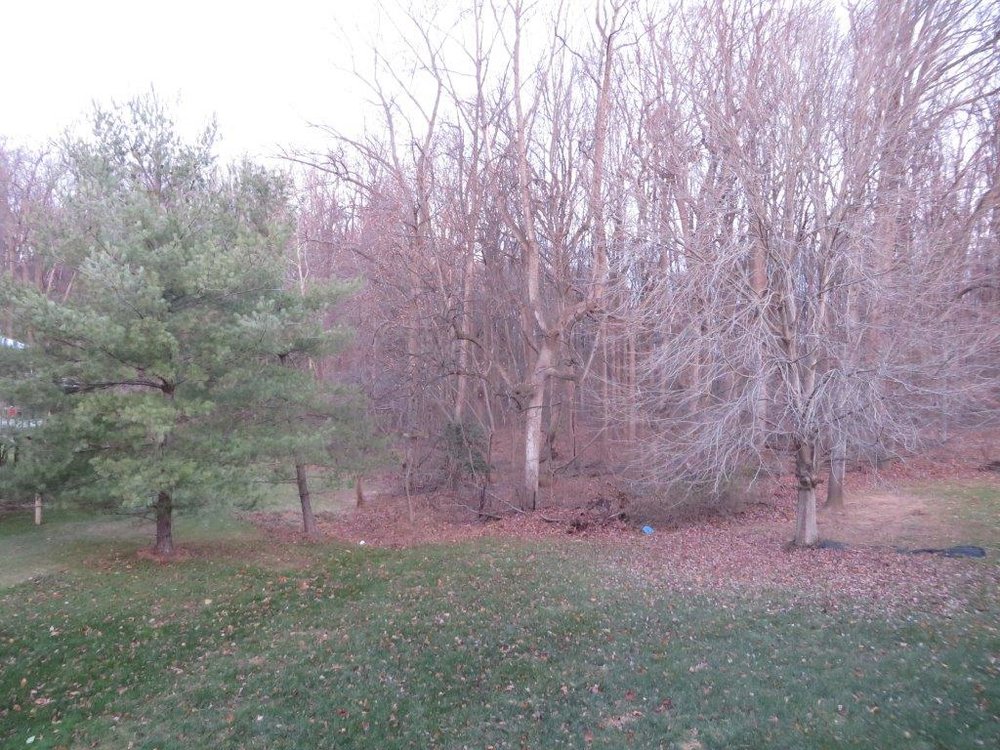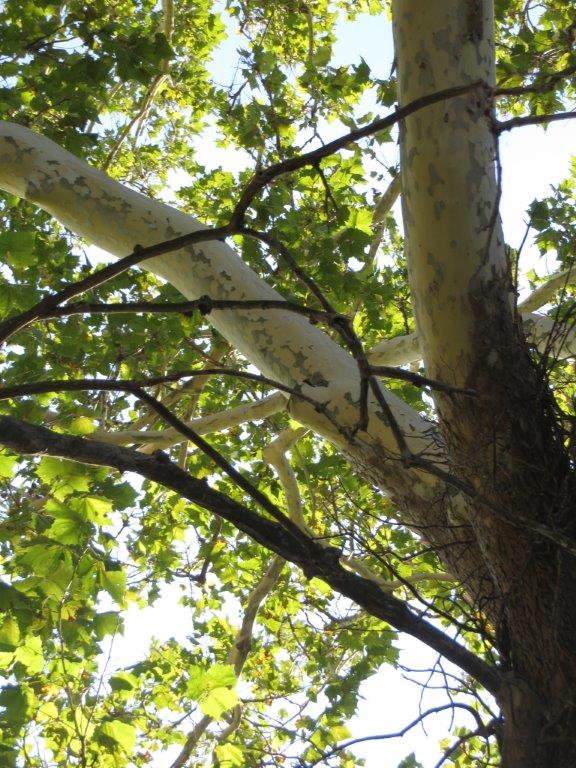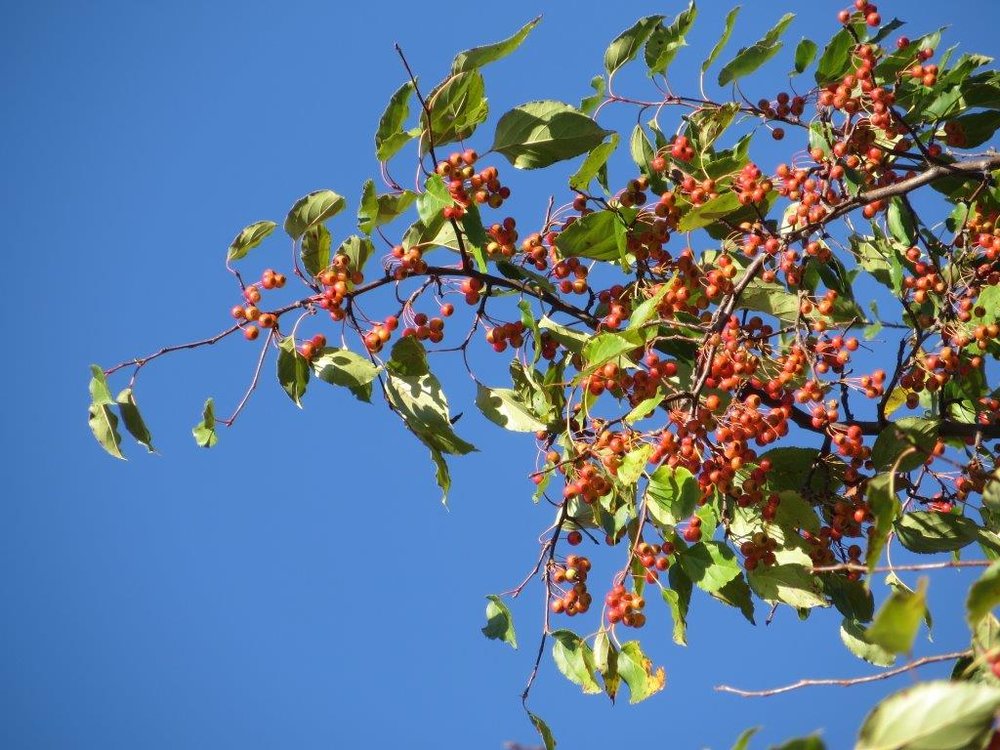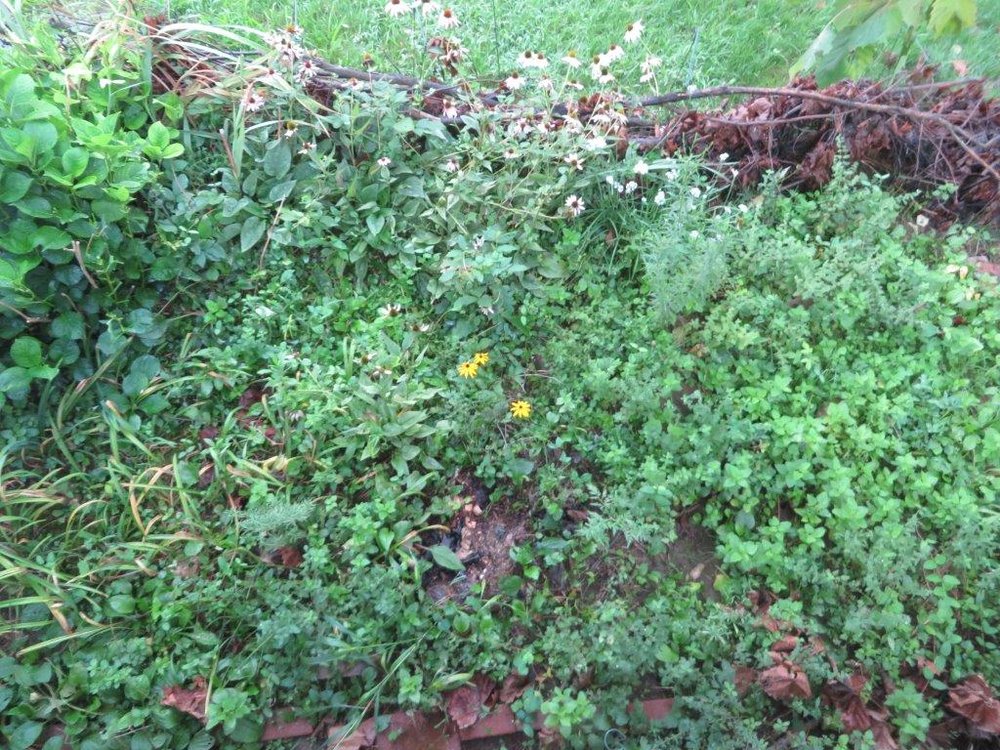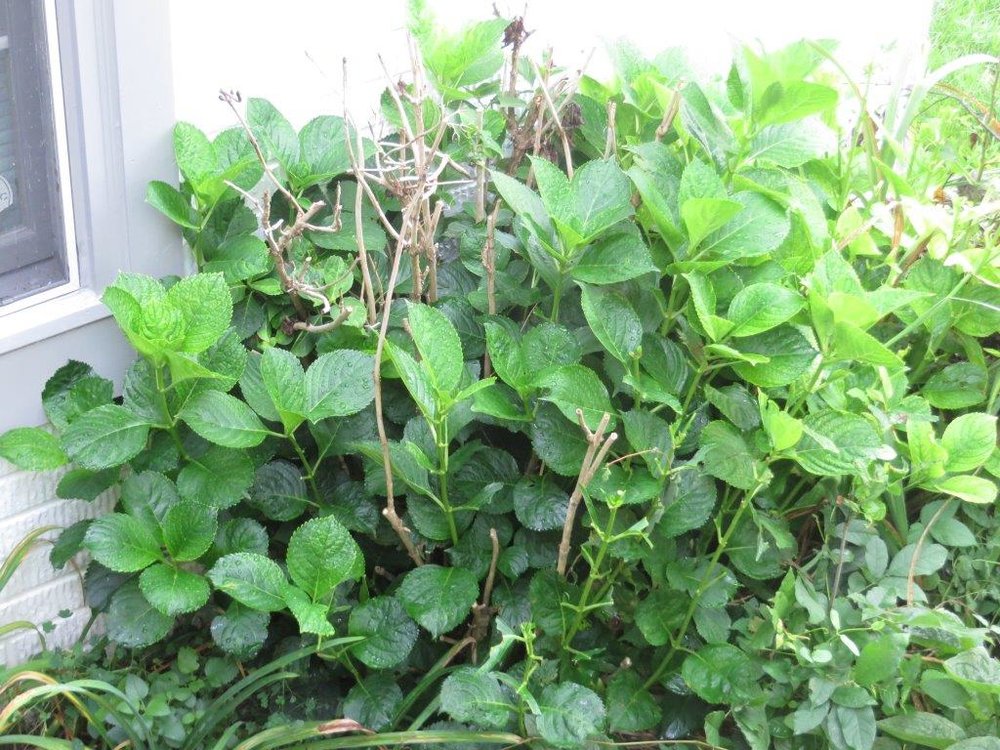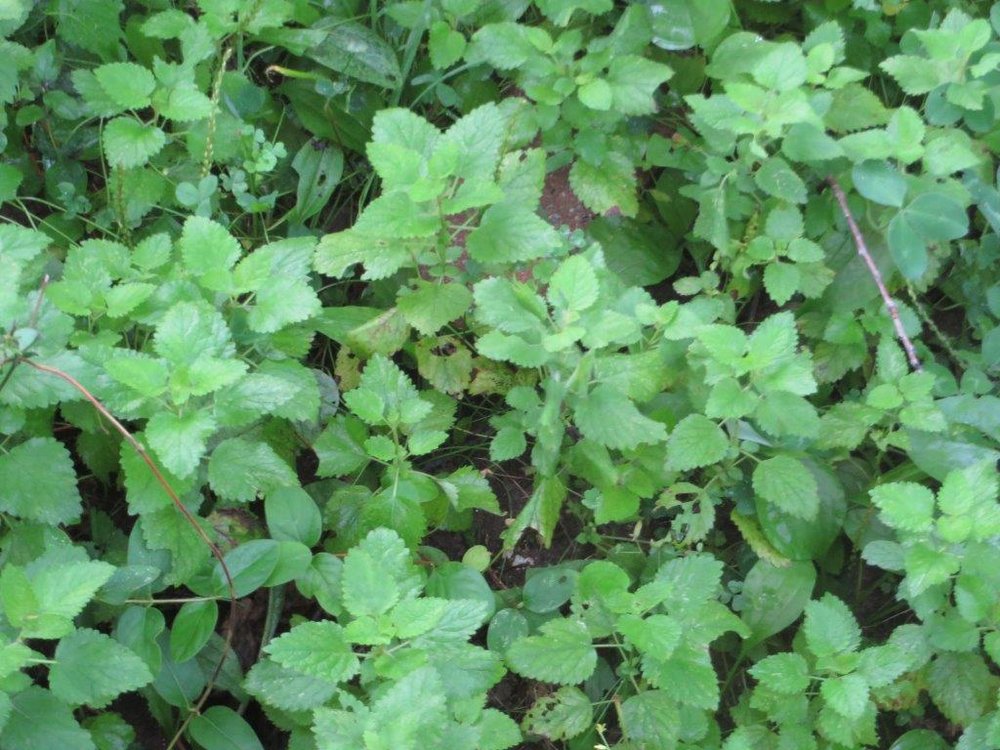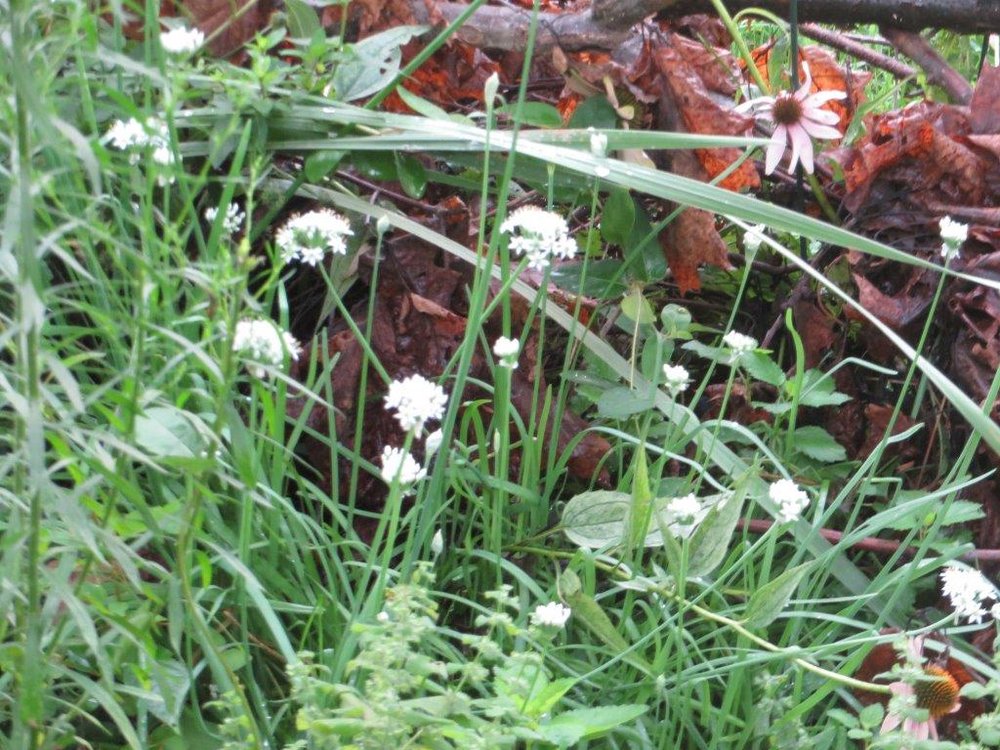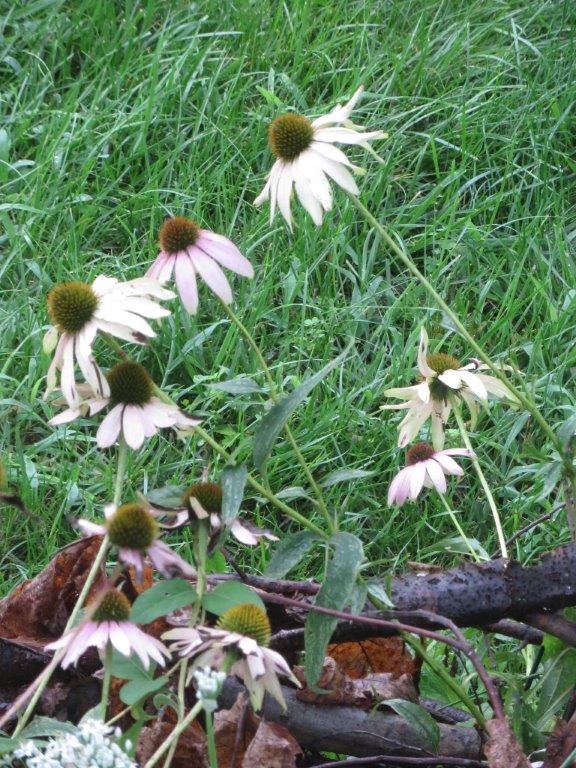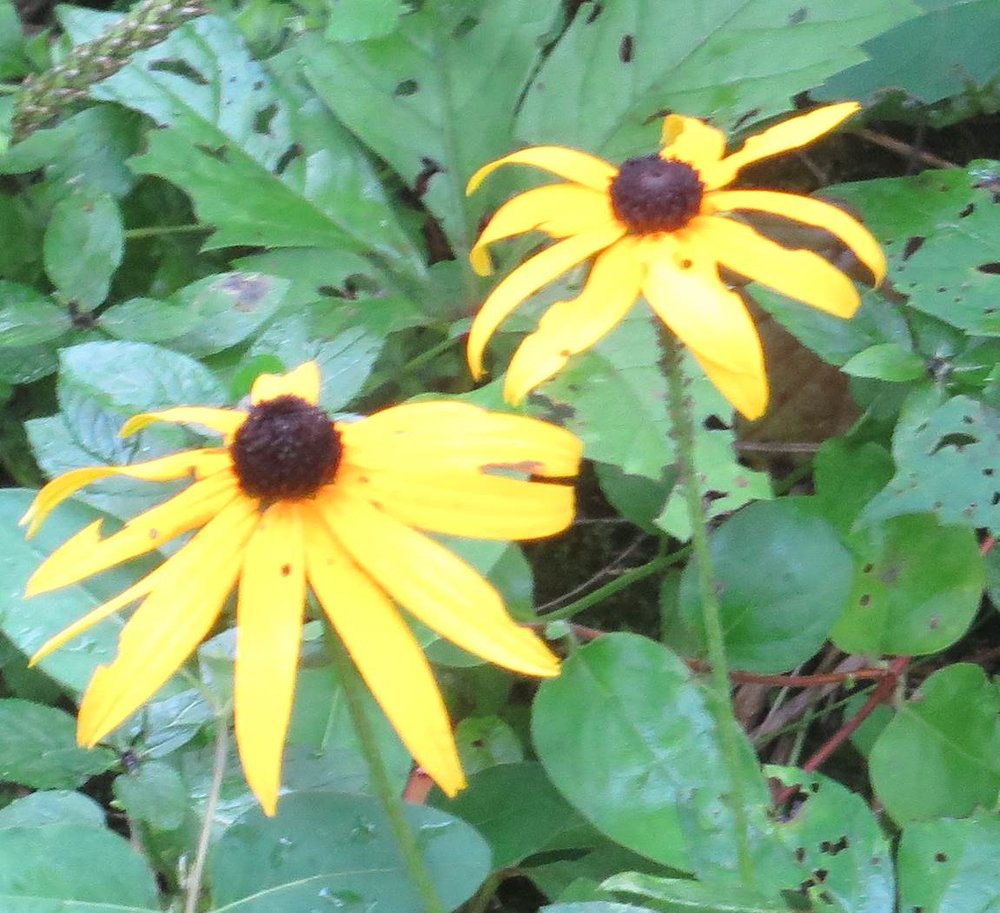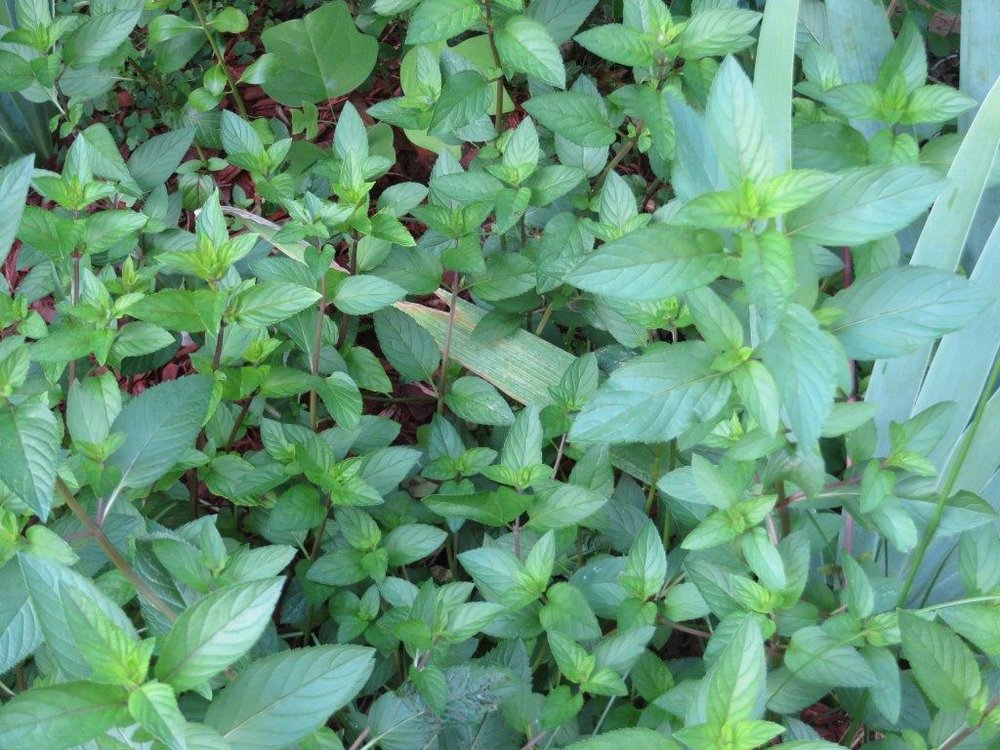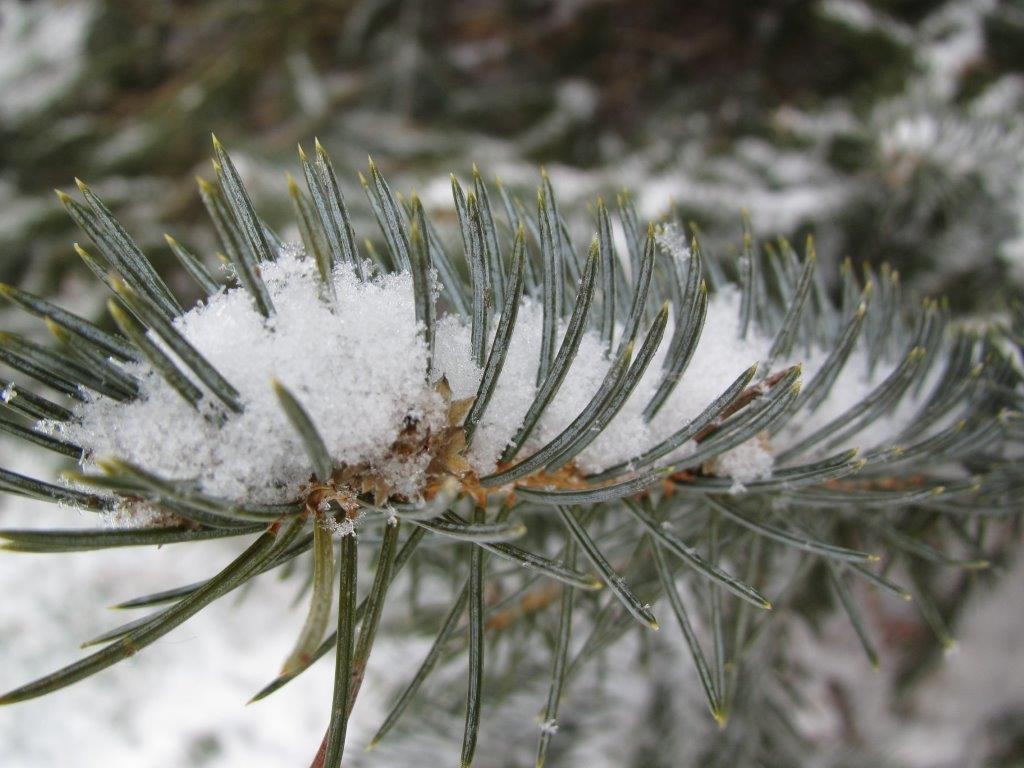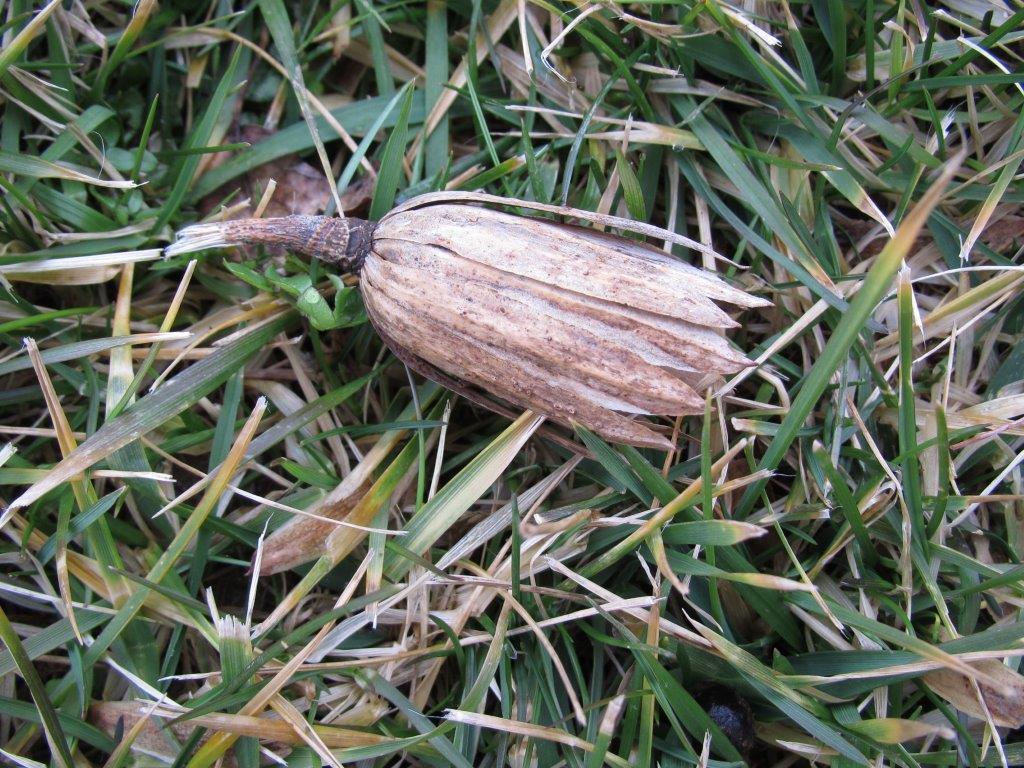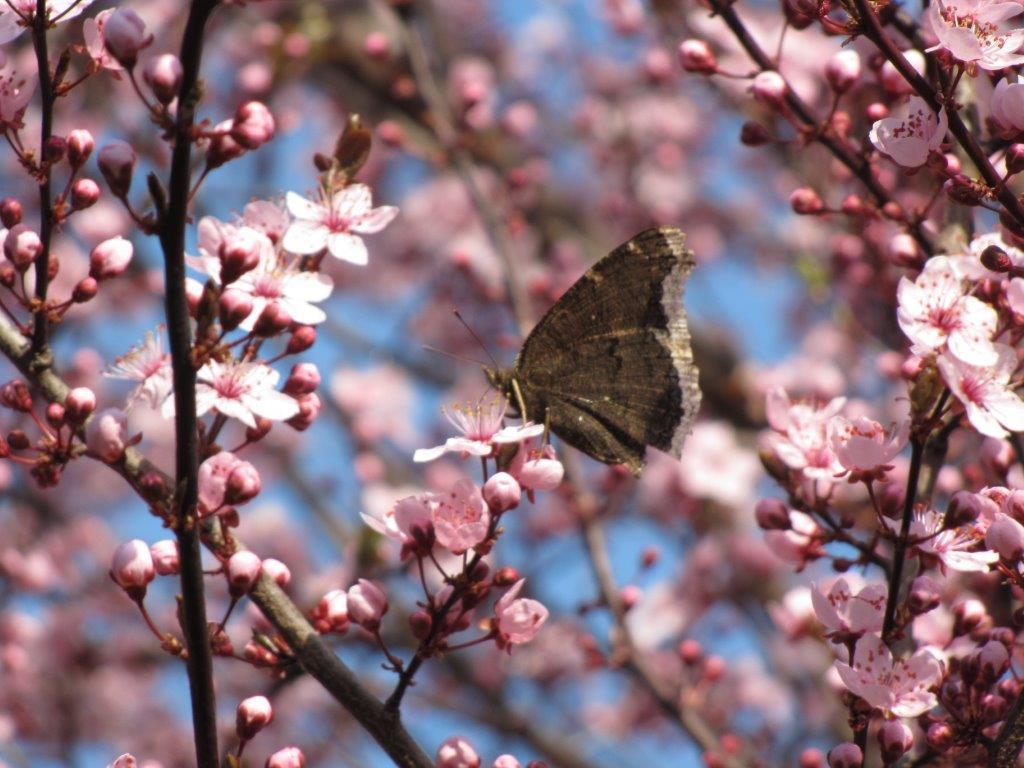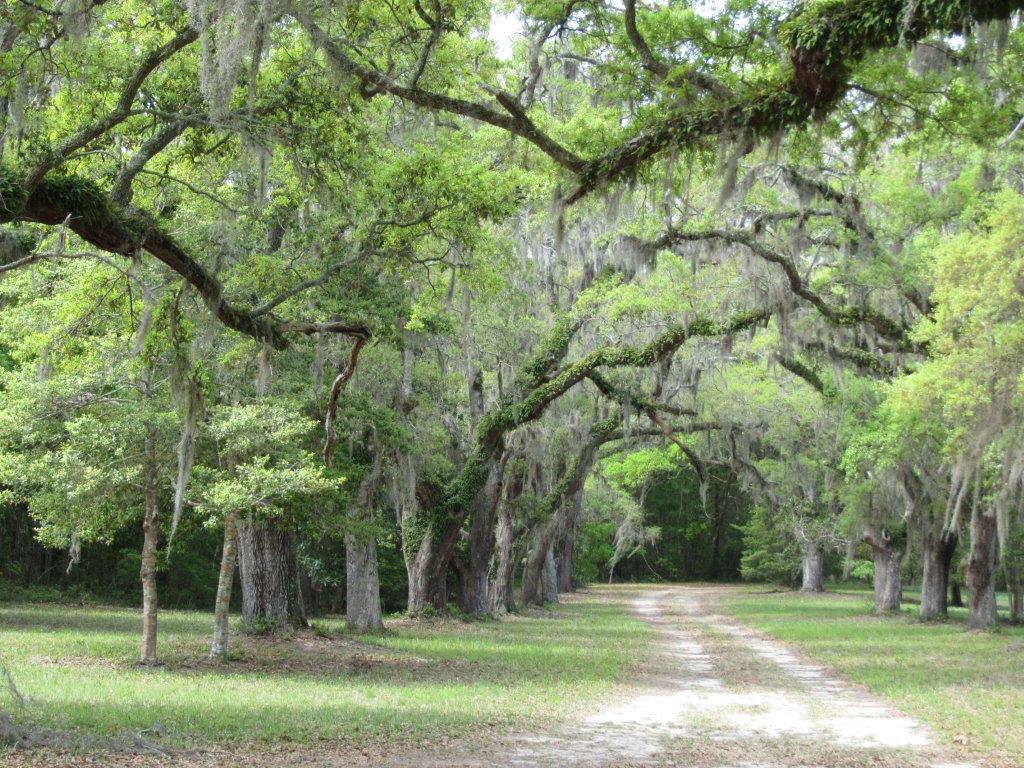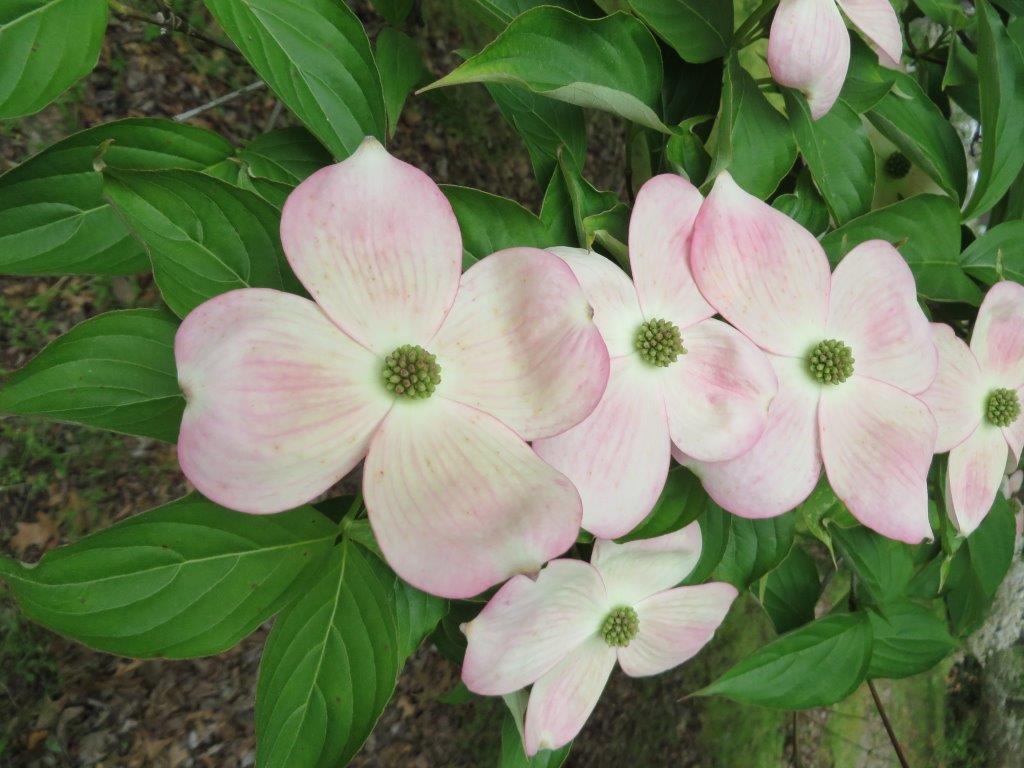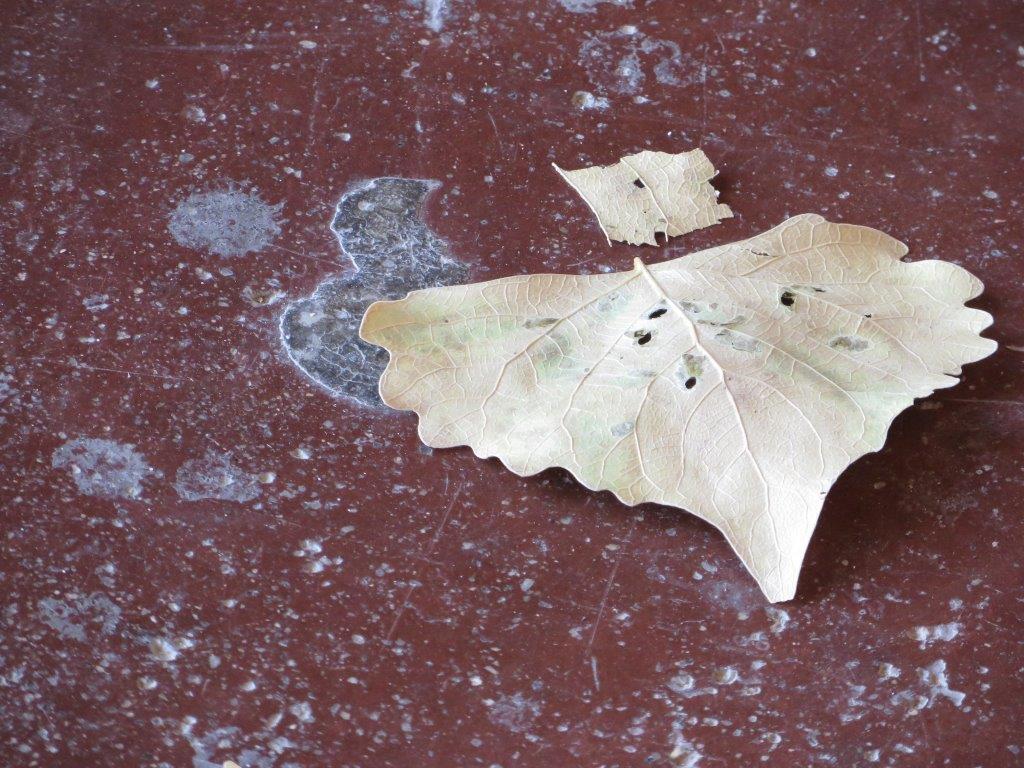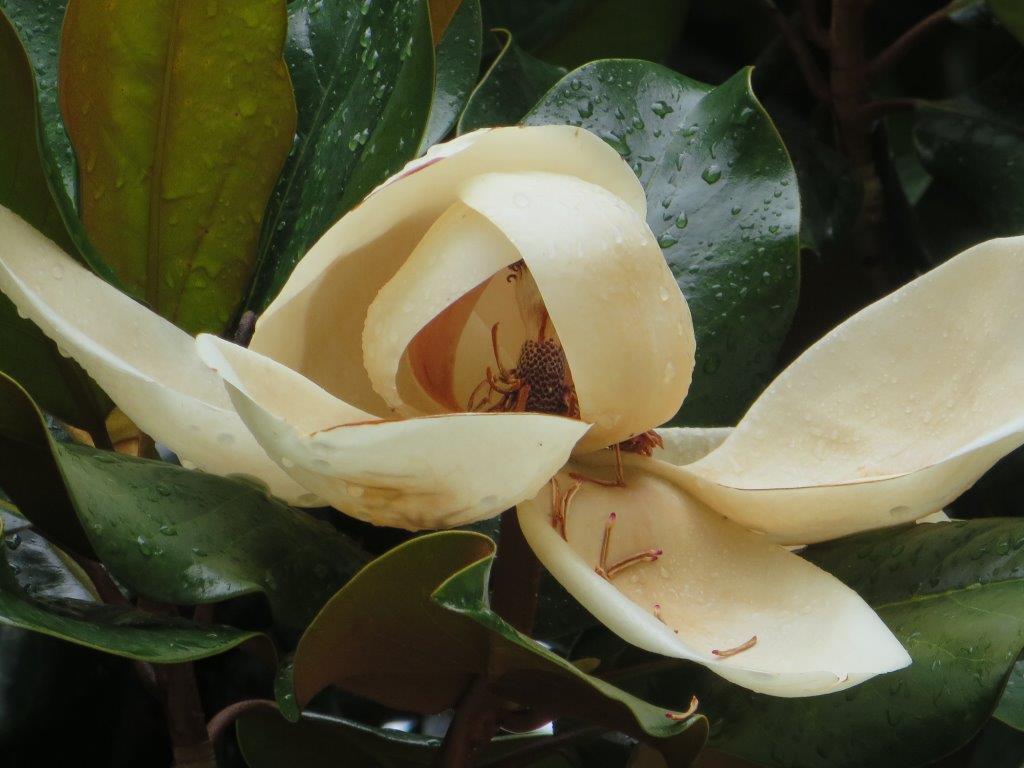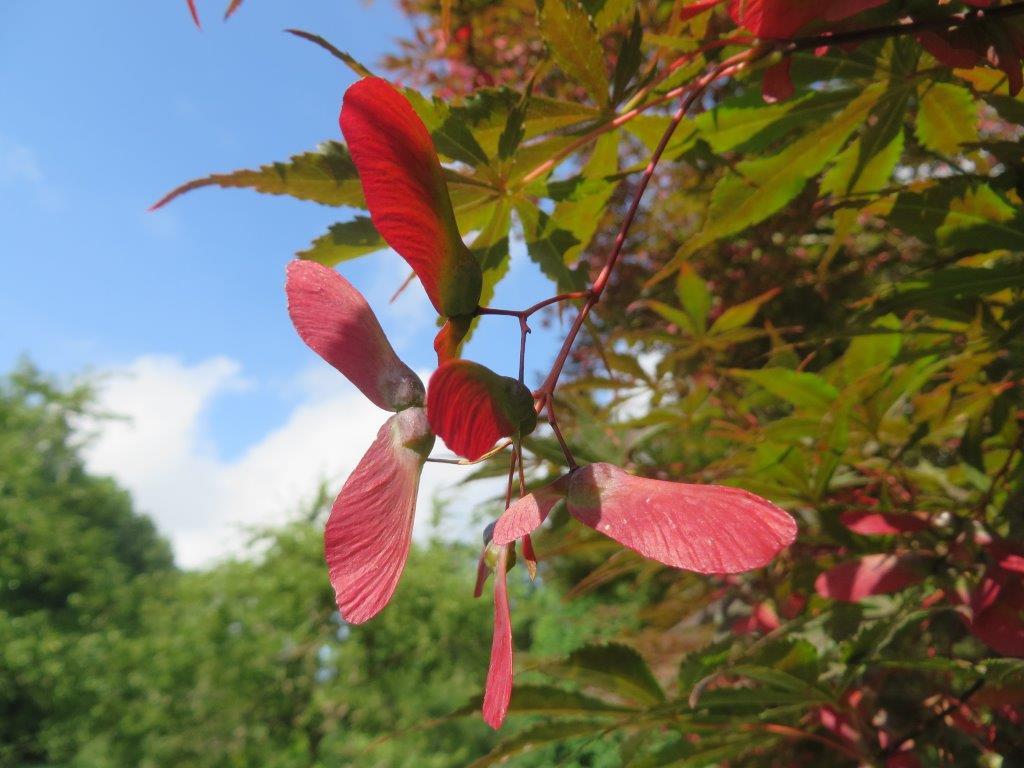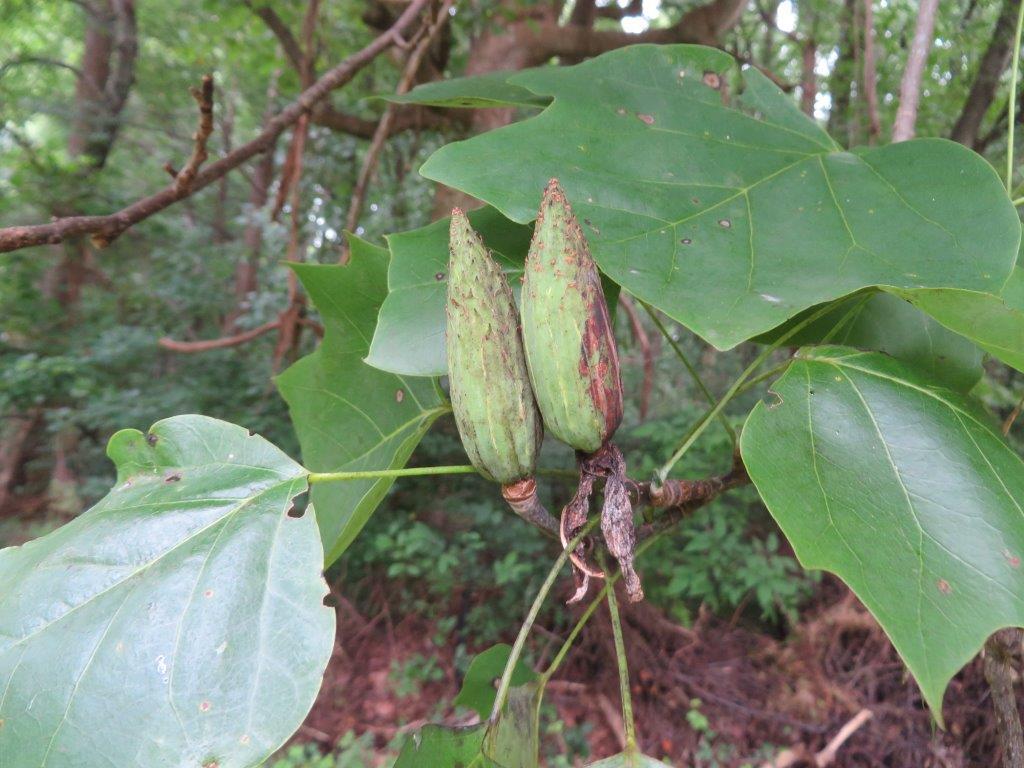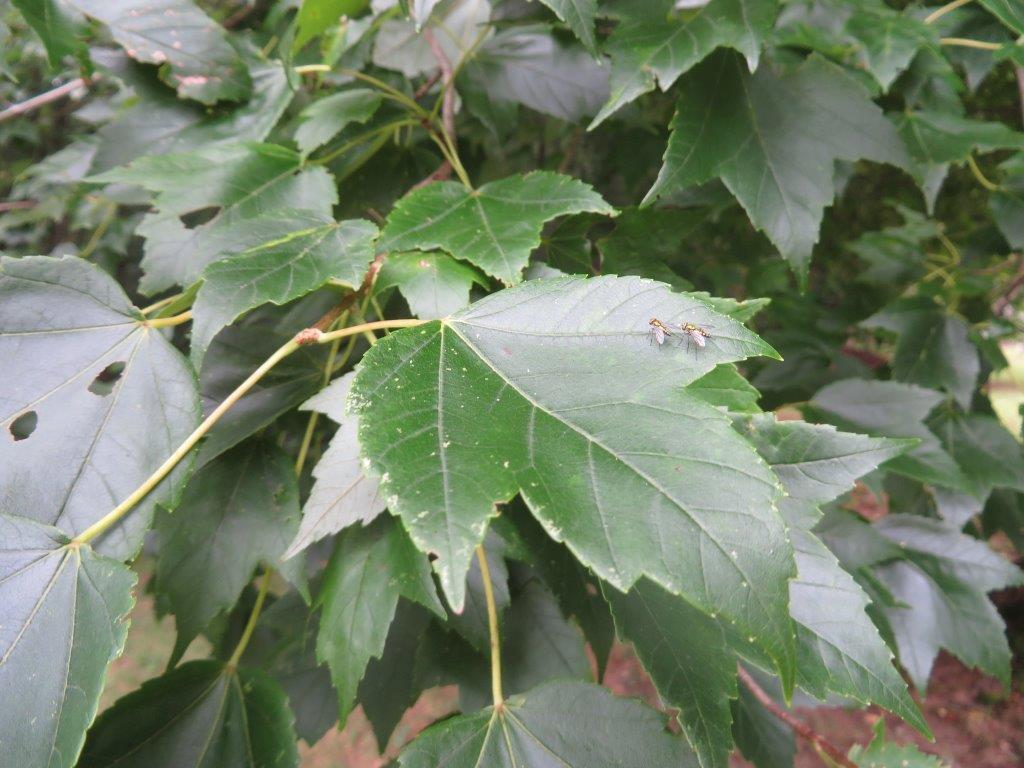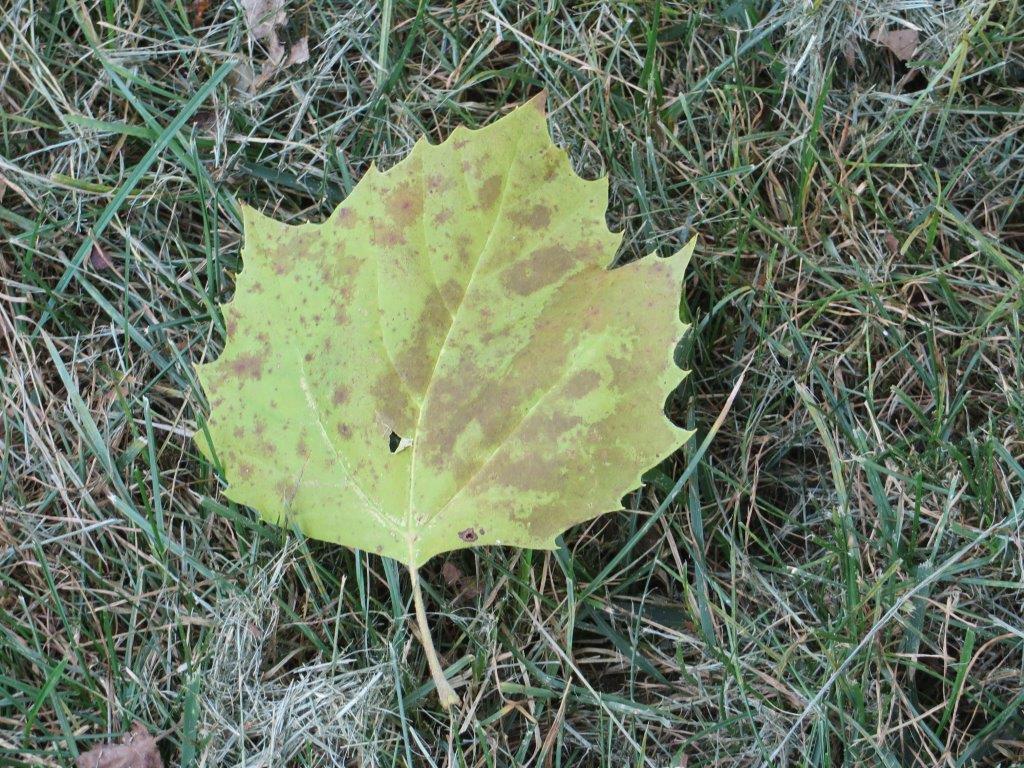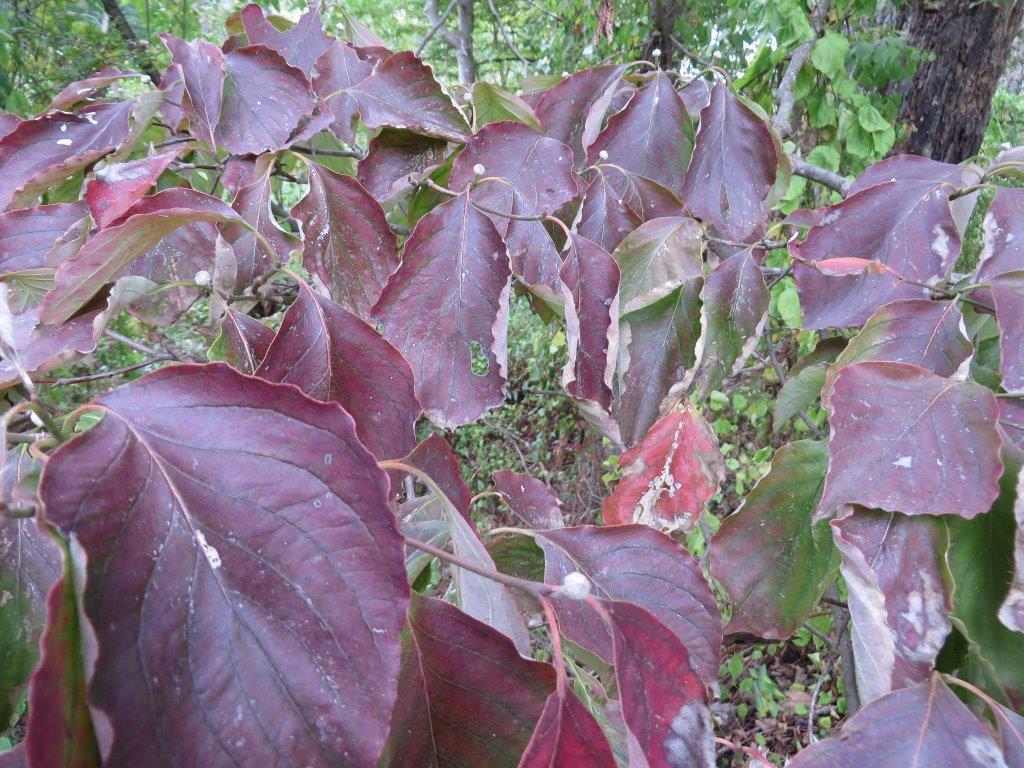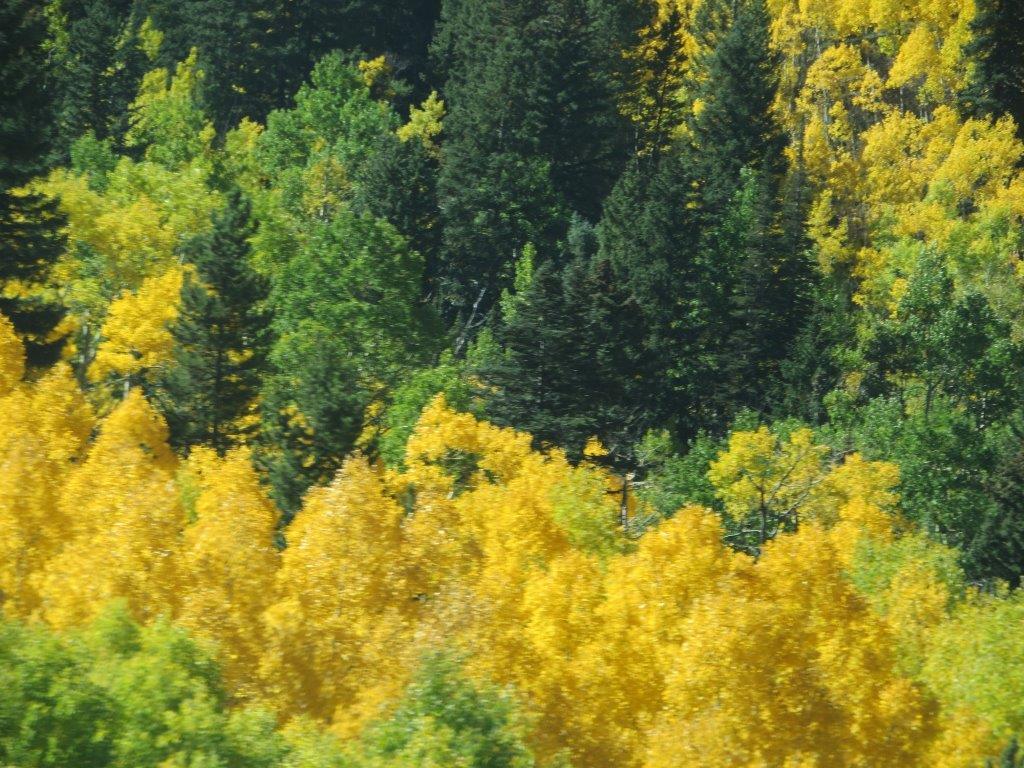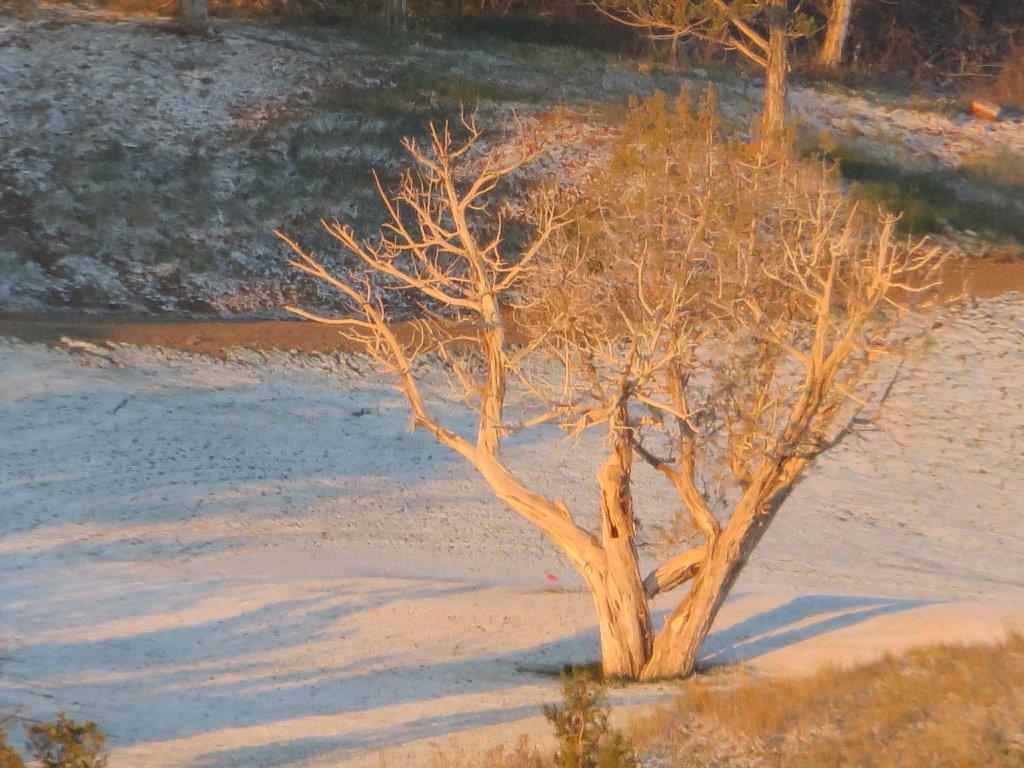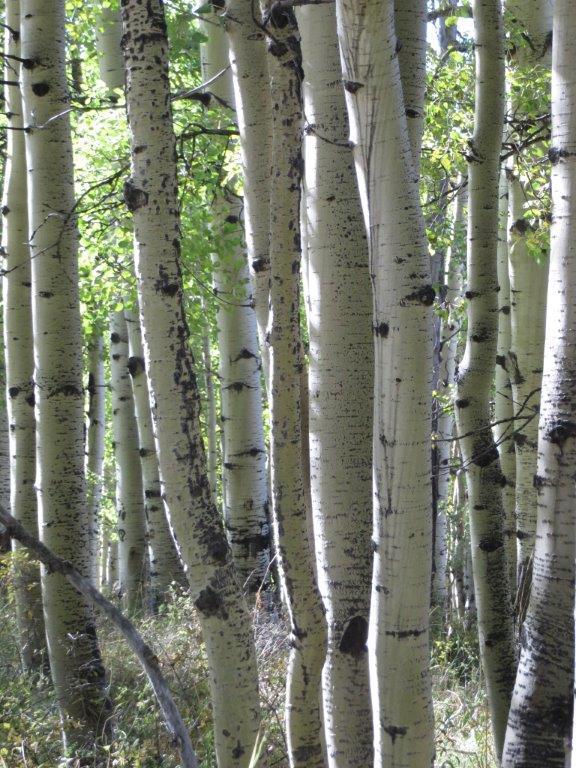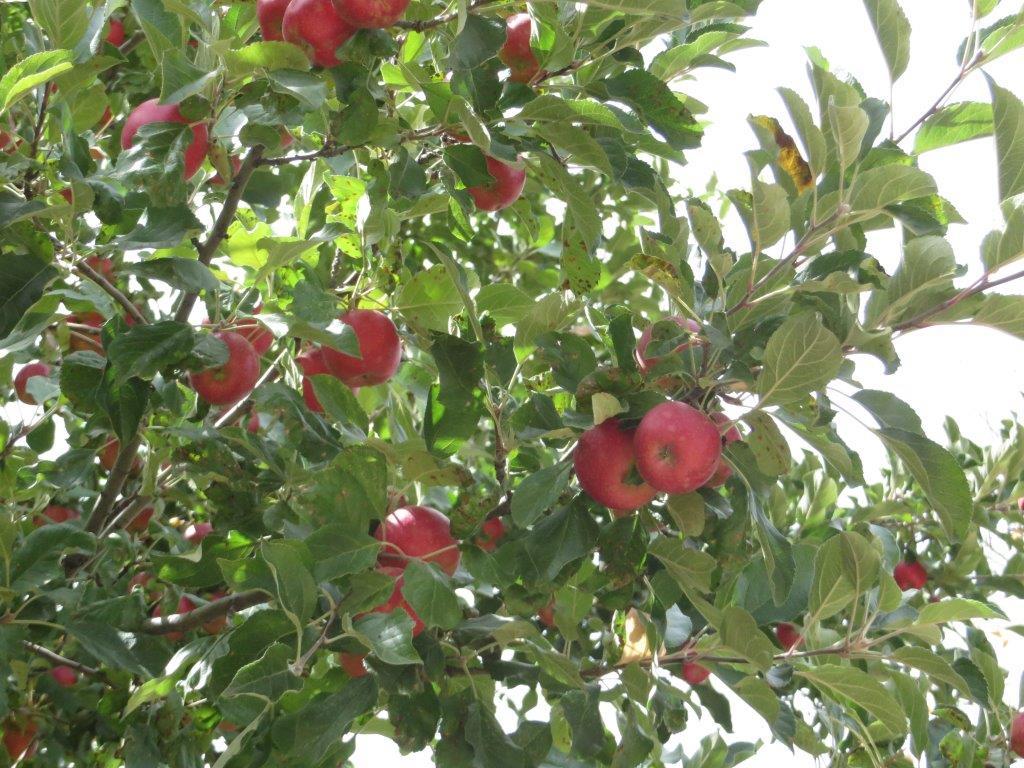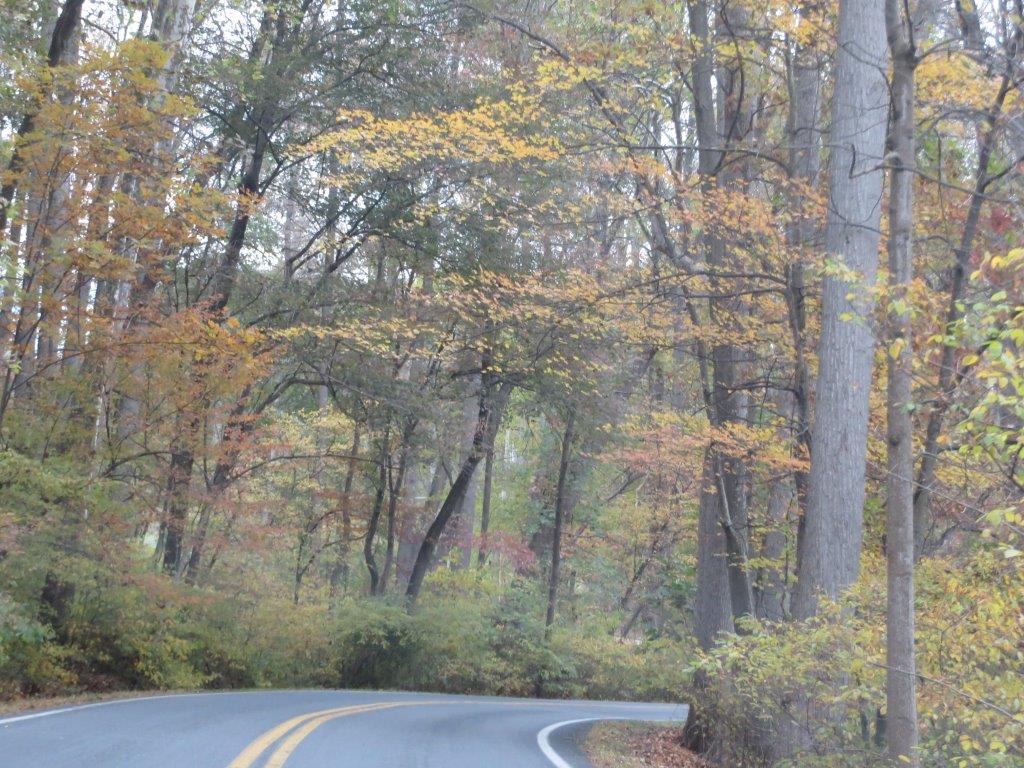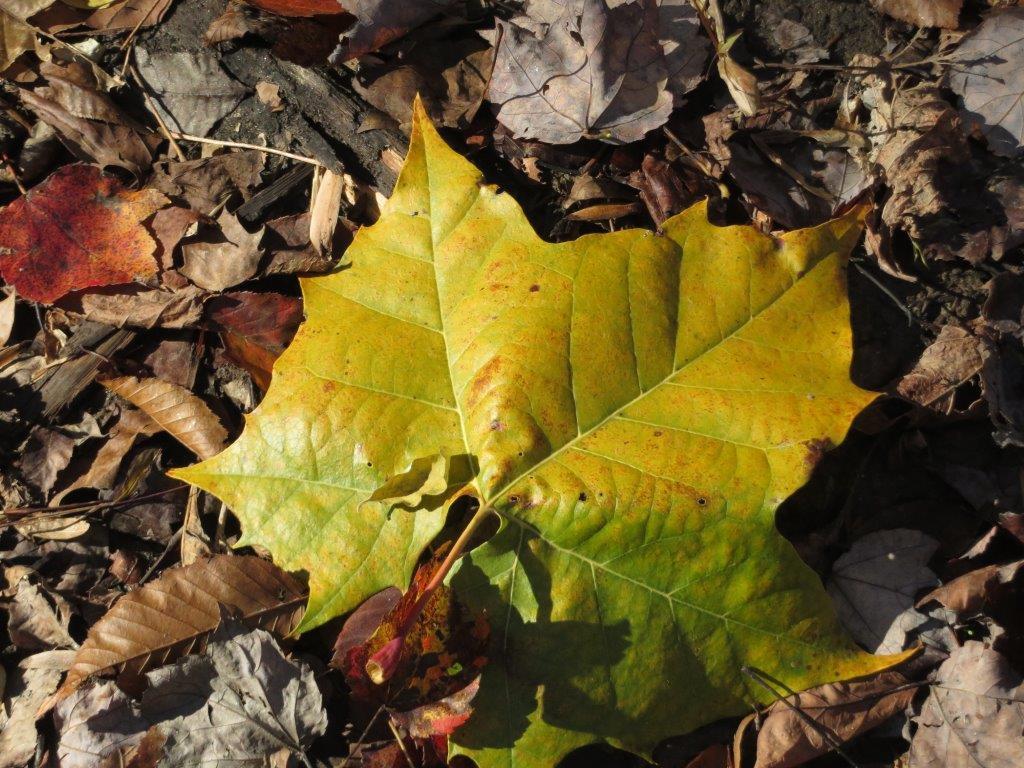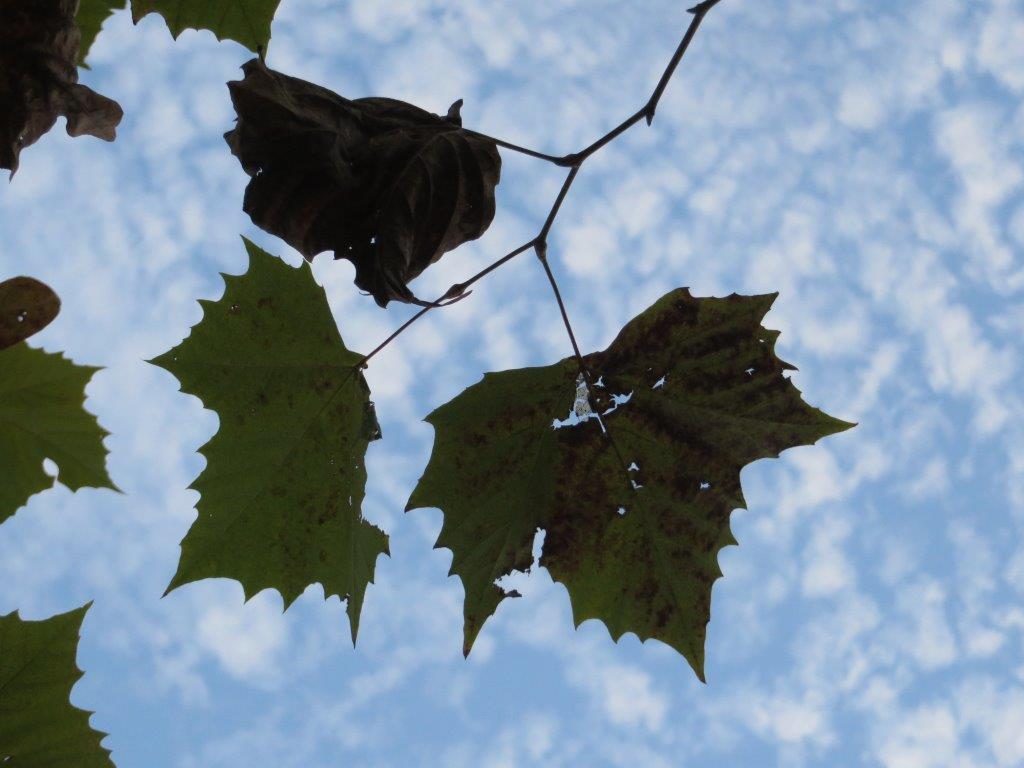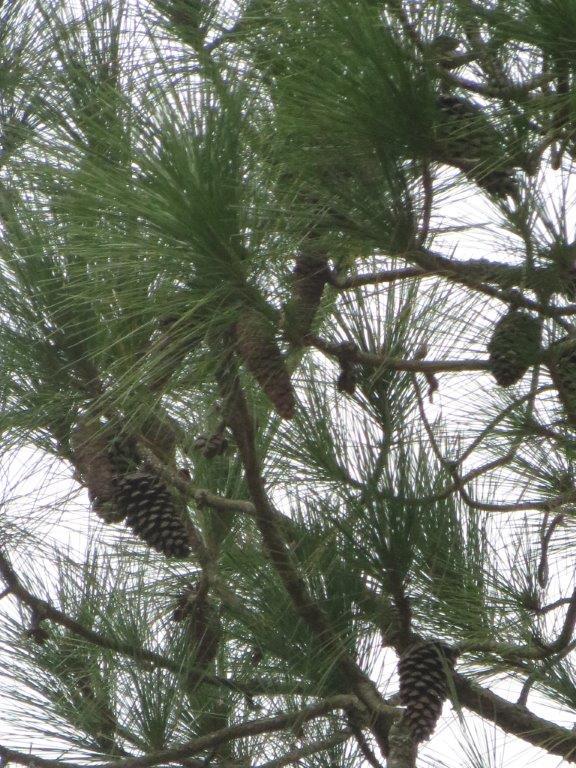 Outdoors in January is cold and the eye searches for colors other than brown or white. The green of the pines under snow is a relief the eye. Our mind conjures comparisons for the snow: whipped cream, flocking, blankets. It was very cold after our first snow of the year and the yard stayed pristine and windswept for more than a day; we didn’t venture out and neither did the deer.
Outdoors in January is cold and the eye searches for colors other than brown or white. The green of the pines under snow is a relief the eye. Our mind conjures comparisons for the snow: whipped cream, flocking, blankets. It was very cold after our first snow of the year and the yard stayed pristine and windswept for more than a day; we didn’t venture out and neither did the deer.
When the sun came out, the melt began even though the air was still well below freezing. I ventured out to take pictures of seed heads from last summer’s blazing stars looking very much like a bottle brush,
A twig blown from the oak tree standing upright in the snow,
A woodpile topped with snow in a yard trampled by deer and children,
 Icicles that formed on a bush from the drips off the gutter above, and
Icicles that formed on a bush from the drips off the gutter above, and
The frozen gush from one of the downspouts.
Most of the snow was gone within 24 hours. The gutter was clear and the only snow remaining was from piles created by snow plows.
I prefer the trees with green leaves…but being able to see the large wasp nest built last summer in a nearby maple is some consolation.
And the sycamores always seem even more beautiful in the winter with their white bark. These lean over the street as if it were a river.